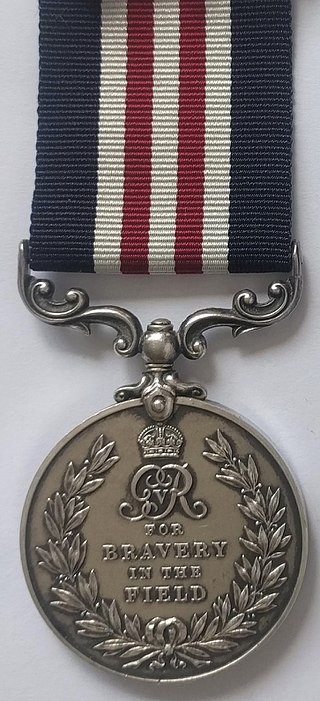Harry Parkin was born in Stubton in 1893, the son of James & Sarah Parkin. When war was declared in Aug 1914 Harry was a gamekeeper, living at Stubton Hill. Three weeks later he signed up to join the Royal Field Artillery (RFA). When he enlisted at Malton, Yorkshire on 14 Sep 1914 (regimental number 26805) he was 19yrs 9 months, 5ft 5.5”, 8st 8lbs, girth 35.5”, fresh complexion, blue eye, light brown hair, CofE.
He was initially sent to No1 Depot RFA at Newcastle on Tyne then, on 6th/16th? Oct he was posted as a driver to the newly formed 261st Battery RFA which later (1 Apr 1915) became C battery, 83rd brigade, RFA. The brigade was part of 18th (Eastern) Division of Kitchener’s New Army.
In May 1915 the division moved from the Colchester area to Salisbury Plain. At one point (the records are damaged) Parkin was charged with wilfully breaking government property. Heytesbury is mentioned, so he might have been stationed at Knook Camp near Heytesbury,. This was laid out as an artillery camp in Oct 1914 and is still used as a transit/training camp.
The field artillery had mobile field guns with wooden wheels. These were positioned relatively close to the front line and moved frequently using teams of horses. At the time an RFA ‘brigade’ was the equivalent to a battalion in other units, usually consisting of 4 batteries (A to D), each with 6 horse-drawn 18 pounder guns. From May 1916 these were usually joined by a section of 4.5” howitzers. A full RFA brigade would have around 800 men and be commanded by a Lt Col, with each battery commander being a Major. Of around 200 men per battery, 70 would be drivers. Each battery was allocated 172 horses, 50 for riding and the rest for draught.
However Harry may have been one of the drivers in the Brigade Ammunition Column (BAC). This consisted of 158 men, commanded by a Captain. Its job was to bring ammunition and other supplies to the batteries from the Divisional dumps. In May 1916 BAC were merged into Divisional Ammunition Columns (DAC). On 17 May 1916 Driver Parkin was transferred to the 18th Division DAC, where he served with 2 section.
Harry Parkin’s unit embarked for France at Southampton on 25 Jul 1915, arriving at Le Havre the following day. The division assembled near Flesselles and remained on the Western Front for the remainder of the war.
On 9th Dec 1916 he was awarded 5 days of Field Punishment No 1 for neglecting to comply with an order 3 days earlier. This punishment consisted of being restrained by fetters, handcuffs or similar and attached to a fixed object such as a gun wheel for up to two hours per day. On 19th Sep 1918 he was given 7 days Field Punishment No 2 for ill treating a horse. This punishment consisted of being shackled every day, but not fixed to anything.
In 1917 he won the Military Medal for bravery in the field, the 3rd highest bravery award for non-commissioned ranks. (London Gazette 28 Sep 1917).
The leave records are hard to read, but he seems to have been granted leave 24? May to 6? Jun 1917, then a fortnight the following year (UK via Boulogne) 7th to 21st Mar 1918, and finally leave from 6th to 24th April 1919 (UK via Calais).
In May 1919 he returned to the UK with a cadre of 18 DAC, embarking at Le Havre on 26th May. He was sent to Ripon Dispersal Centre, from where on 12th Jun 1919 he was given 28 days furlough then transferred to the Class Z Army reserve. This allowed him to return to civilian life, but with an obligation to return to the Army if necessary (i.e. if Germany did not accept the terms of the peace treaty). He was finally demobilised when the Class Z reserve was disestablished on 31 Mar 1920.
On returning to Stubton Hill he wrote to the regiment asking about his Military Medal. In July 1919 it was forwarded to the Rev R Duncan King at Stubton Rectory, who was asked to present it to Harry.

